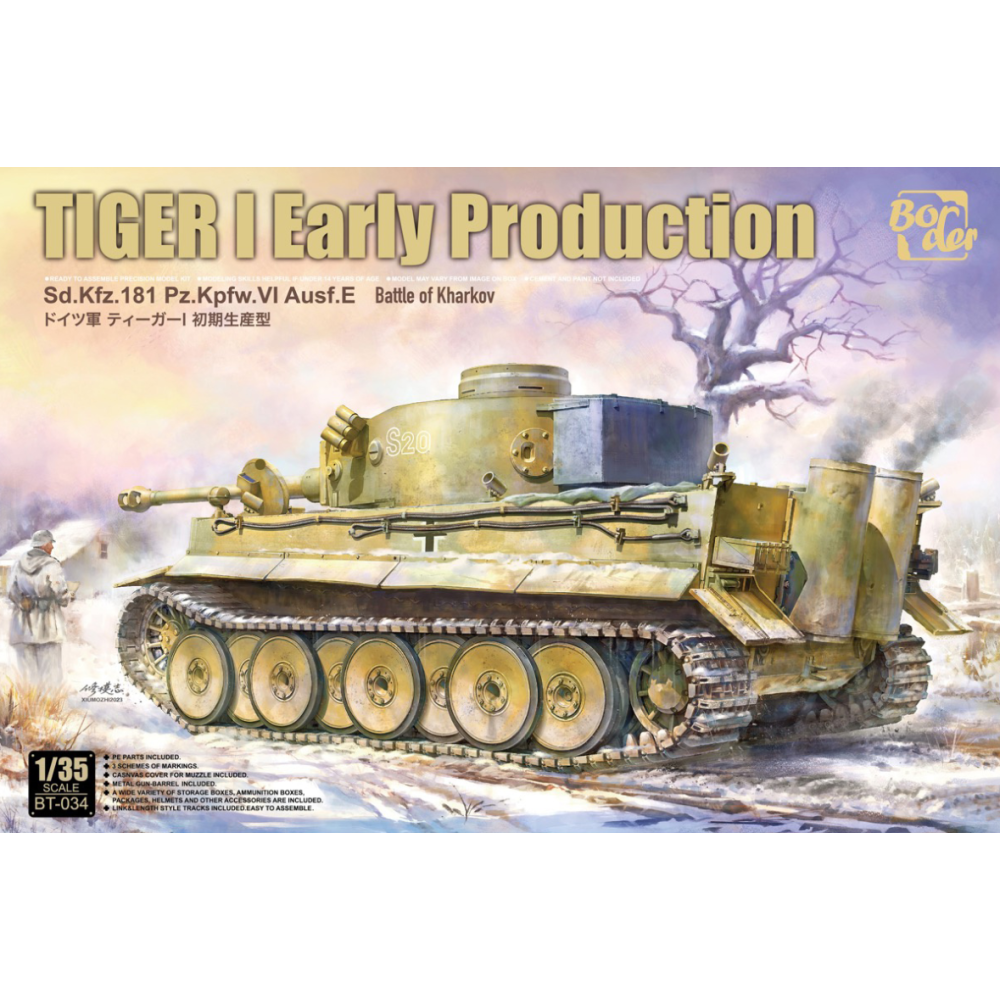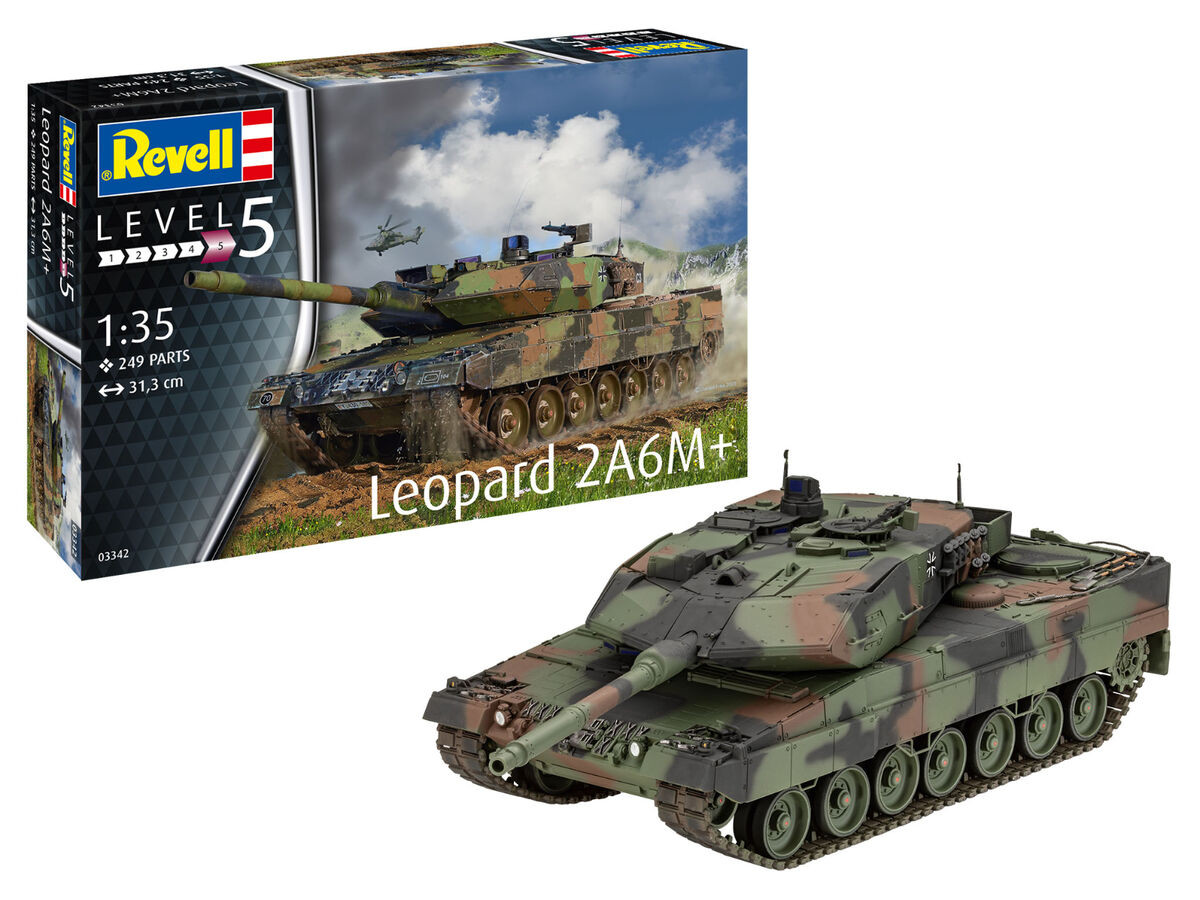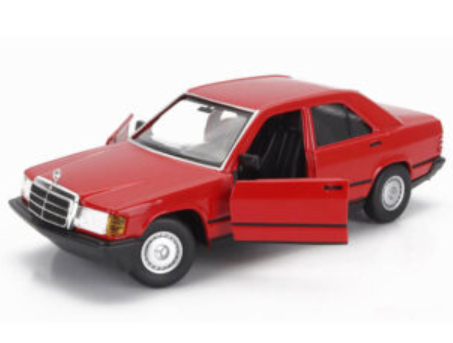The Pz.Kpfw VI (Sd.Kfz.181) Tiger is a German heavy tank from World War II, one of the most famous combat vehicles of its time. The German Panzerwaffe command had cherished the idea of a heavy tank since the beginning of the war, but the first attempts in the form of the Neubaufahrzeuge multi-tank were unsuccessful. In 1939 and 1940, these efforts were ineffective, but after encounters with the T-34 and KV-1 on the Eastern Front, work on the new heavy tank accelerated. On April 20, 1942, the prototype of the new tank, designated VK 4501 (H), was tested in the field in the presence of Adolf Hitler, and shortly thereafter, it was put into mass production. The first serial versions were designated Pz.Kpfw VI Ausf.H1 (later Ausf.E). During production from 1942 to 1945, the tank was systematically modified, for example, by adding Feifell dust filters, different headlight placements, optical equipment upgrades, changes to the commander's cupola, and more. Propulsion was provided by a Maybach HL230 P45 12-cylinder carburetor engine with 700 hp. Although the Pz.Kpfw VI did not have as sloped a front hull as the T-34 or Panther, it was a heavily armored vehicle (frontal armor up to 120mm), armed with a highly effective KwK 36 L/56 88mm gun, which earned a reputation as the most effective tank gun of World War II. It was a much better vehicle than the Allied M4 or Churchill and the Soviet T-34/76. It could also easily fight against the IS-2 or M-26, surpassing them in the effectiveness of its main armament. On the other hand, the Pz.Kpfw VI had some drawbacks—first of all, its production was extremely time-consuming and it had a very complex suspension. In the later period of the war, the quality of the Tiger's armor also deteriorated, caused by Germany's lack of access to molybdenum deposits. Despite these shortcomings, the Tiger proved to be a very effective weapon on the battlefield. It fought successfully in Tunisia, the Kursk salient, Normandy, and on the Eastern Front. Technical data: length (with barrel): 8.45m, width: 3.7m, height: 2.93m, engine power: 700hp, weight: 56.9t, operational range (on road): 100km, maximum speed (on road): 38 km/h, armament: 1 88 mm KwK 36 L/56 gun, 3 7.92 mm MG 34 machine guns.









